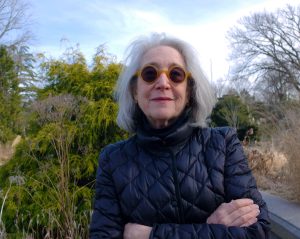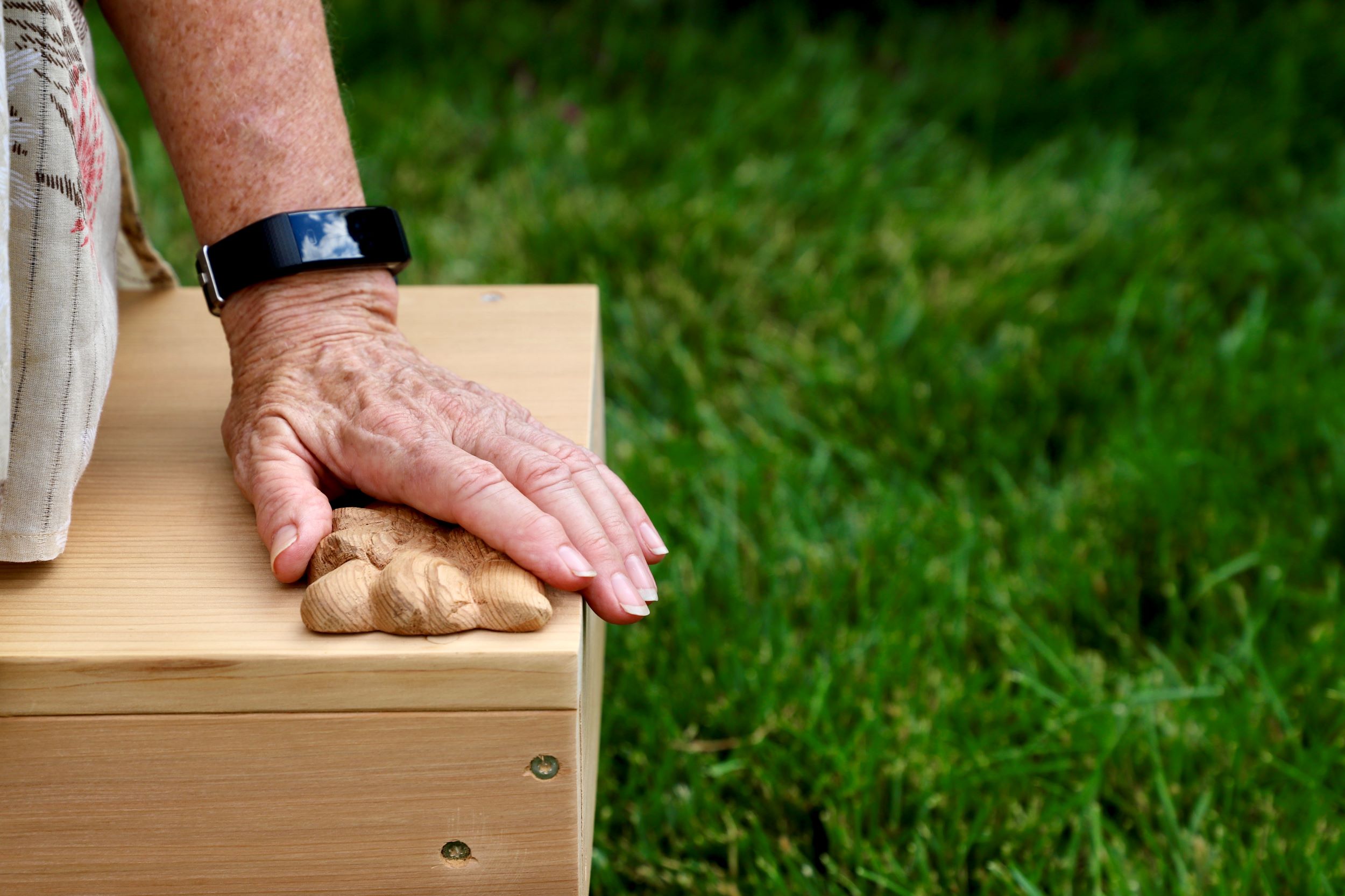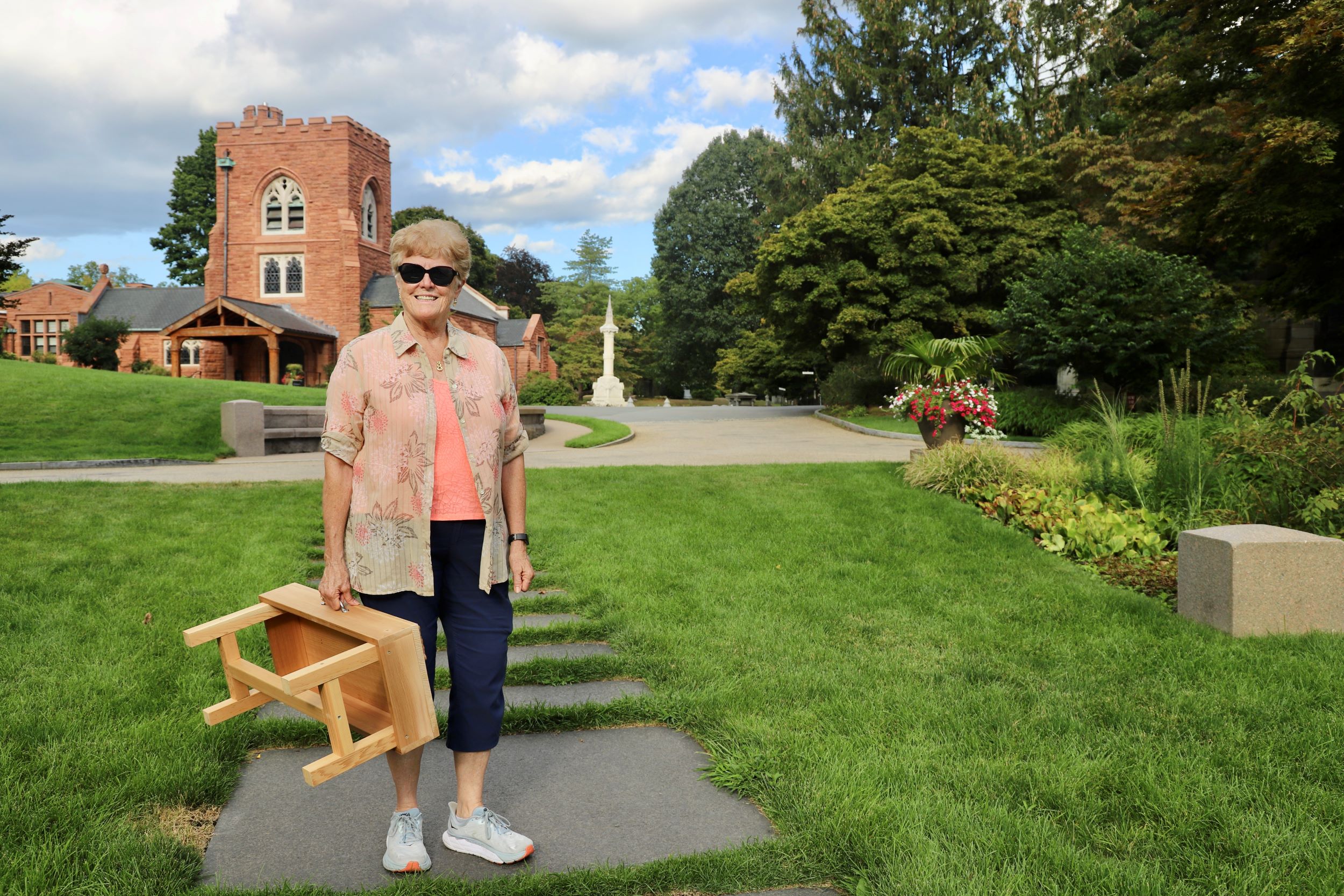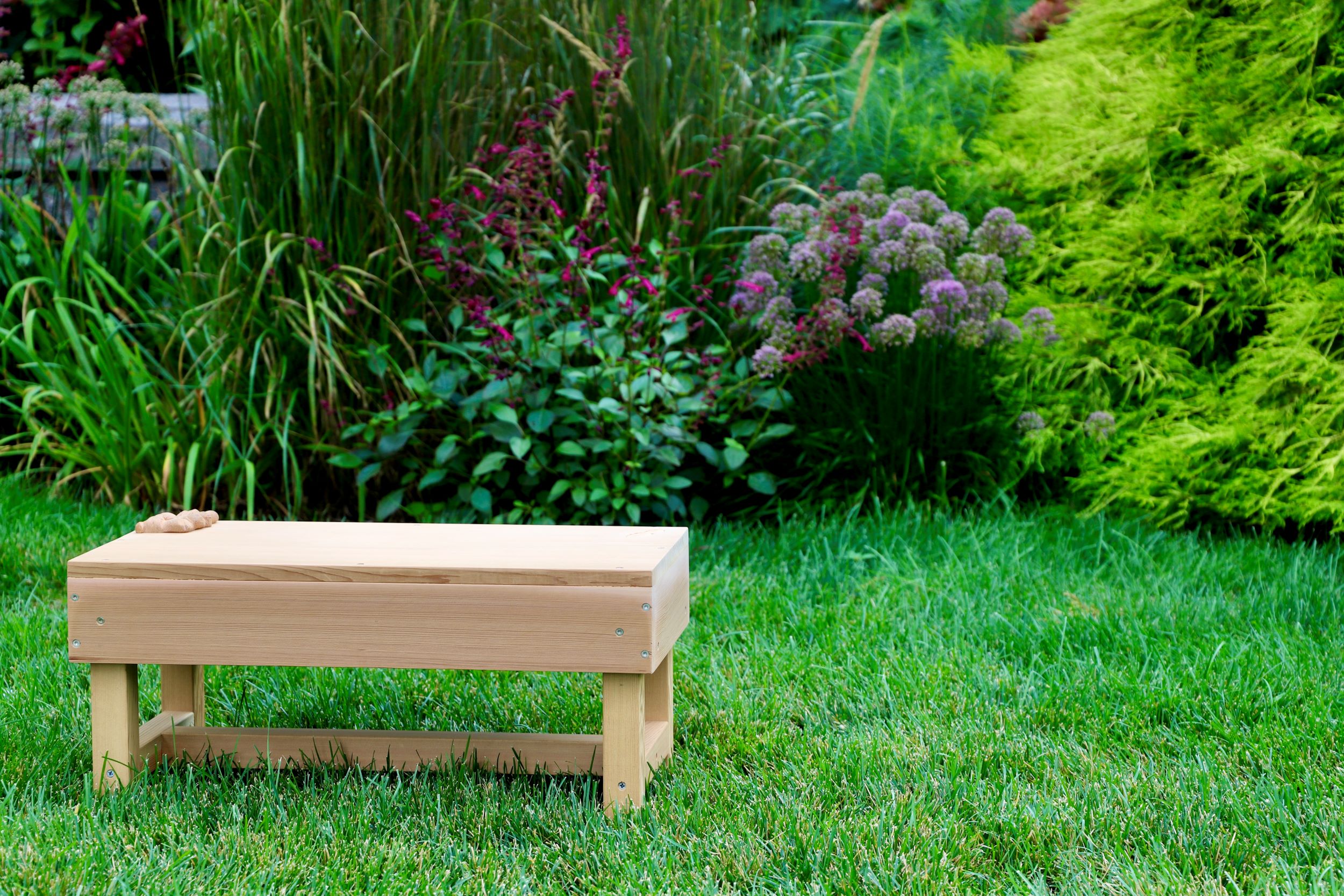Art and Utility: A Conversation with Jill Slosburg-Ackerman
Jessica Bussmann September 1, 2022 Art

In 2022, we have welcomed seven Artists-in-Residence to create original works inspired by their experiences at Mount Auburn. Meet sculptor and wood carver Jill Slosburg-Ackerman. This interview was originally published in September 2022.
_________________________________
Could you talk a bit about your artistic career and the different mediums you work in?
I was born in Nebraska and deeply influenced by the idealism and pragmatism of the Pioneers who settled the Great Plains. (My high school English teacher, Josephine Frisbie, lived in Red Cloud and spoke of seeing Willa Cather there. We swooned over this.) The artists I met at my mother’s gallery, the first in Omaha, inspired me to make art, but because I was a “good” student, I was encouraged to become an art historian. I missed using my hands! Ultimately, I was drawn to studio practice and studied jewelry and metalsmithing, and later, sculpture which explains my allegiance to both the applied and the fine arts.
I have worked as an artist for 50 years. I know that everything I have seen, read about, and experienced is a source for my ideas and what I choose to create. I make my ideas into things: jewelry, drawing, sculpture, furniture, and installation. My work is to connect disparate ideas and forms with the purpose of generating breadth of understanding and unexpected harmonies. For me, furniture offers territory that is rich with history, metaphor, materiality, and function.
I am also a part-time activist. I made anti-war posters at the Boston SMFA with my fellow students in the 1970s. Studying African tribal objects taught me about Western imperialism when I was a fellow at Radcliffe’s Bunting Institute. I helped to found the Boston chapter of the Women’s Action Coalition (WAC). I have been a teacher – first in adult education and then at MassArt. I retired after 47 years of amazing teaching, for sure enriched by my students. I am a mother and now a widow. I cook for those in need. Still, I treasure the soliloquy of the studio more than anything.
Your project, “Mourning Benches,” combines art and practicality on a deeply personal level. What inspired your vision for this work?
While yes, I am combining “art” and “utility,” I’d like to emphasize the word “and” here. For me, one or the other could not fully provide the totality, the circularity of life that I seek. For me, it is important to represent loss and regeneration.
My proposal for “Mourning Benches” comes from the experience of visiting my husband’s grave. The only way to be close to his stone is to kneel or sit on cold, damp ground. I have longed for the means to sit closer, in order to comfortably commune with his spirit and to immerse myself in the landscape. Creating the Mourning Benches started as something I needed and evolved into a gesture of generosity for my fellow Cemetery visitors. Inside the universal is the personal.
Tell us about the carvings on the different benches.
The carved images are technically intaglios, incised or wood-burned on the bench seats. Sometimes pictorial and sometimes abstract, they are drawn from reading, Cemetery meanders, my mourning journals, and current world events. The orientation of the paired images is meant for the sitter as a prompt for communion and contemplation.
Could you talk about your relationship with Mount Auburn, and your experiences in our landscape?
I have had a long and rich association with the Cemetery. First, as a professor at Massachusetts College of Art and Design, I brought woodcarving students to experience the sheer beauty of the cemetery and to walk, look, and think about carving, symbolism in the varied gravestones and monuments, narratives, and the relationship of art to nature. Many years ago, when there was a wood pile from pruned trees, my students were invited to take wood from the Cemetery for their own art projects.
Later, from 1987 until 2017, I walked at the Cemetery with my late husband, James Sloss Ackerman, and now I visit his gravestone on the Azalea Path.




Comments